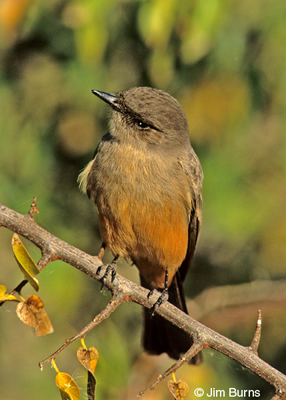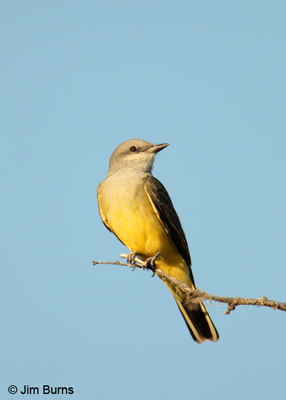
Typically, though, the birds we associate with night “song” are the obvious ones, the ones that often scare the bejesus out of us in the total darkness when the whole world is quiet and asleep—owls, nightjars, and the night-herons are the usual suspects. Like one time this past fall when I was out running at 3:00am because I wanted to be in a bird blind at sunrise. There was no moonlight and I must have passed directly beneath a roosting Barn Owl. The adrenaline rush I received from the unearthly and unexpected screech fueled my fastest time in twenty years.
In the past few years I’ve discovered two other “nightbirds,” passerine nightbirds, that also fall into the “who knew” category of nighttime singers. One of them I recognized instantly because its call was so familiar. The other took me three breeding seasons to figure out. A check of the literature mentions the first of these has a “pre-dawn” call. The second supposedly begins to sing “just before sunrise.” In fact, I have heard both in the 3:00am hour, in the spring, when sunrise doesn’t occur until 6:00am.
“PHEE-urr, PHEE-urr,” sharp, mournful, and repetitive, this sure sounded t like a Say’s Phoebe, but what would one be doing out in the middle of the night. I was stunned, but the call was unmistakable. I’ve heard it now along the Scottsdale Greenbelt the last three years during March, but so dark is it that I have yet to get a visual on the singer. My early morning route takes me through an open area half a block wide and a quarter mile long with scattered mesquites planted along the dirt footpath. It will continue to call, without flushing, even as I run right under it.
In daylight the area looks like perfect Say’s territory. I’ve never heard my nighttime Say’s outside the month of March. I’ve often suspected our brown desert phoebe does not breed in the low desert but migrates to slightly higher elevations to establish territory. Perhaps in its spring transition from low desert to slightly higher breeding elevations, it takes opportunistic advantage of the lights along the greenbelt which undoubtedly attract insects as the season warms up.
My second nightbird’s song, much more complex than the phoebe’s, high pitched but soft and squeaky following two introductory notes, bedeviled me for three years. The earliest I recorded hearing it was a March 14th and, since I first became aware of it, I have heard it every spring through June whenever I am out before sunrise.
I decided it must be a summer nester, finally became so frustrated I took a morning off work, walked over to the greenbelt hoping for a visual, and immediately realized the mystery singer was another flycatcher, a migrant that arrives in March, begins leaving in October, but doesn’t do much territorial singing after early summer. Western kingbird.
Though the kingbird occupies a territory on a golf course farther south than the phoebe, an area with old, very tall Eucalyptus and Aleppo Pines, the bike path there is also well lit, so I’m sure the kingbirds are happy to make a home in territory where they can count on an early breakfast or, perhaps, even a midnight snack. You can bet I’m aurally attentive now when I run in the dark. We may have more nightbirds amongst us than we think.